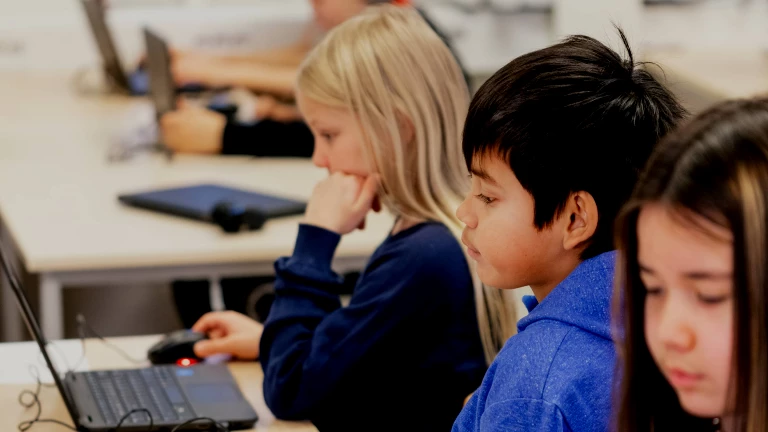
What a Multicountry Study Reveals About K–12 Education Models for Students with Disabilities
An analysis of 13 developed countries’ experiences with three education models for students with disabilities offers practical guidance for policymakers and educators.












